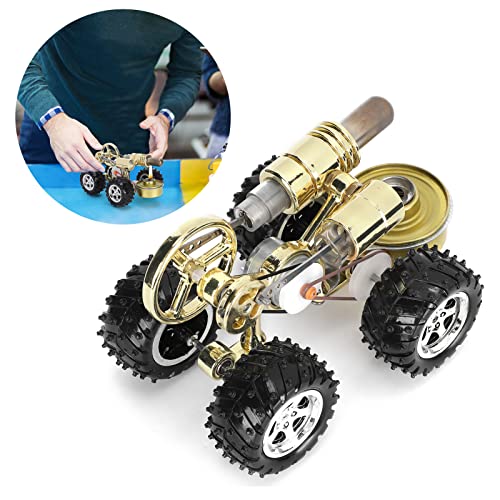I read a US-based casting journal, to keep up with the modern trends in the casting industry.
3D printed molds and cores continue to be a popular trend.
One item that I just found out about is an outboard motor being manufactured by apparently Mercury, which is a V-12, 7.6 liter, 600 hp.
Cast in AA 356.0 with a T6 temper.
Photo in the article shows a fishing boat with four of these motors hung off the back.
Reverse-tilt pour.
$77,000.00 MSR per engine.
Two-speed gearcase.
Fixted transom mount, with the lower gearcase being the only thing that rotates.
So these new outboard motors give an entirely new twist to the phrase "hey, lets go fishing".
It is more like "lets go fishing at 200 mph".
Not my photos.
So it begs the question, which one of you will build the first scale model of this engine ?
.




3D printed molds and cores continue to be a popular trend.
One item that I just found out about is an outboard motor being manufactured by apparently Mercury, which is a V-12, 7.6 liter, 600 hp.
Cast in AA 356.0 with a T6 temper.
Photo in the article shows a fishing boat with four of these motors hung off the back.
Reverse-tilt pour.
$77,000.00 MSR per engine.
Two-speed gearcase.
Fixted transom mount, with the lower gearcase being the only thing that rotates.
So these new outboard motors give an entirely new twist to the phrase "hey, lets go fishing".
It is more like "lets go fishing at 200 mph".
Not my photos.
So it begs the question, which one of you will build the first scale model of this engine ?
.




Last edited:










![DreamPlan Home Design and Landscaping Software Free for Windows [PC Download]](https://m.media-amazon.com/images/I/51kvZH2dVLL._SL500_.jpg)






































![MeshMagic 3D Free 3D Modeling Software [Download]](https://m.media-amazon.com/images/I/B1U+p8ewjGS._SL500_.png)













